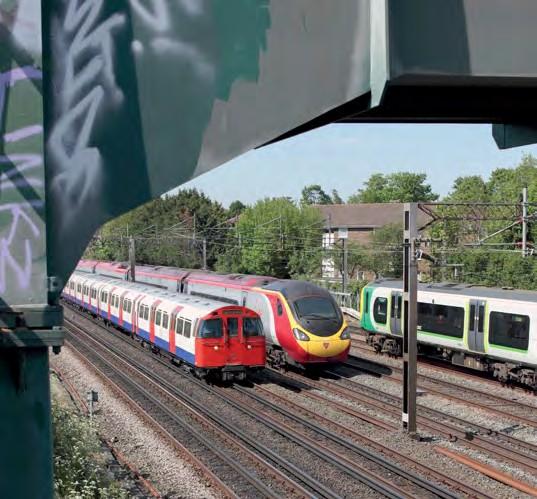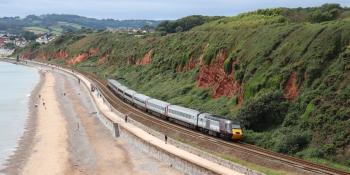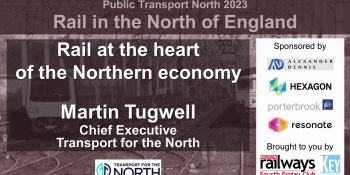ADVANCE LONG-DISTANCE TICKETS PROP UP FIGURES

A FALL in the number of passenger journeys in London and the South East means national growth in passenger journeys during 2016-17 was 0.8%, the lowest figure for seven years. Statistics released by the Office of Rail and Road show there were 1,731 million journeys during the year, the highest figure recorded since the time series began in 1950.
The London and South East sector saw a fall of 0.5% in the number of journeys to 1,197 million. While Govia Thameslink Railway had the largest share of journeys among any operator, industrial disputes, staffing issues and planning cancellations have resulted in a 1.9% decrease in its passenger journeys during the year. South West Trains, the second largest operator, also saw a notable decrease of 3.2%.
In contrast, the opening of Chiltern Railways’ new line to Oxford Parkway and later to Oxford city centre has boosted that operator’s passenger journey numbers by 7.9%.
Both the regional and long-distance sectors saw significant increases in passenger volumes of 3.9% and 3.8% respectively, both reaching record highs. ORR says there was also a shift in ticket types used, with season ticket journeys down by 2.9% on the previous year but advance ticket journeys up by 9.7%. For season tickets, this is the first time since the mid-1980s that the type has seen its market share fall below 40%.
The non-franchised sector recorded a 4.0% increase in passenger journeys, reaching two million during the year, a record high.
During the final quarter of 2016-17 (January to March), journeys across the UK were down 0.4% on the same period in the previous year. This was driven by a 1.9% decrease for the London and South East sector, where c2c, Chiltern Railways and London Overground were the only operators to record a year-on-year rise in passenger numbers. Journeys on GTR were down 6.6%, but the operator still carried more passengers than any other.
Passenger revenue growth in 2016-17 was the slowest for 16 years at 2.5%, rising to a total of £9.5 billion. All three sectors recorded their highest revenue figures since the time series began, but with slowing growth.
The number of passenger train kilometres travelled by revenue-earning services fell for the first time since the time series began in 2010-11. Totalling 520.9 million, the decrease was 0.2% on the previous year, with GTR again recording the highest figure but seeing a notable fall of 7.3%.



